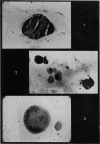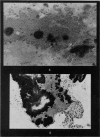Abstract
A method has been developed for assessing metabolic activity of bacteria in the vegetations of bacterial endocarditis using a labelled metabolite and autoradiography. Evidence provided by this technique suggests that there are different degrees of activity between superficial and more deeply placed bacterial colonies, and that variations in activity also exist within a single group of organisms. The possible relevance of these findings to the antibiotic therapy of endocarditis is discussed.
Full text
PDF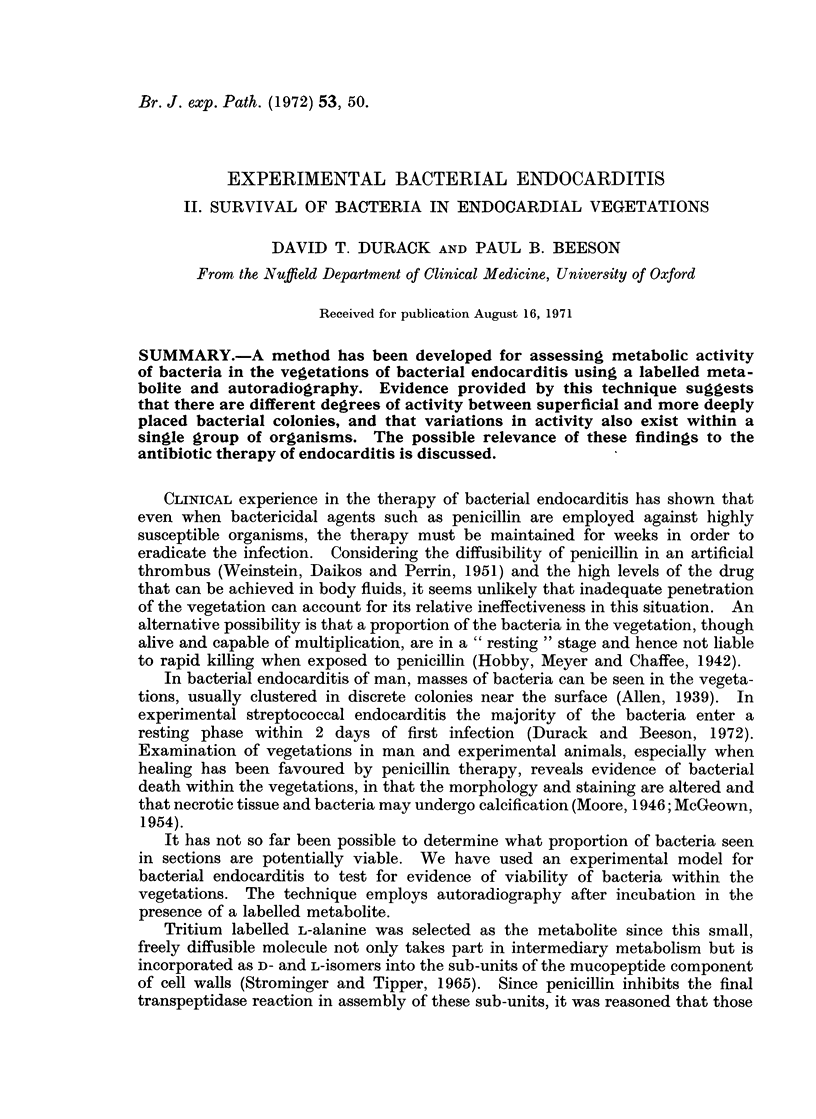
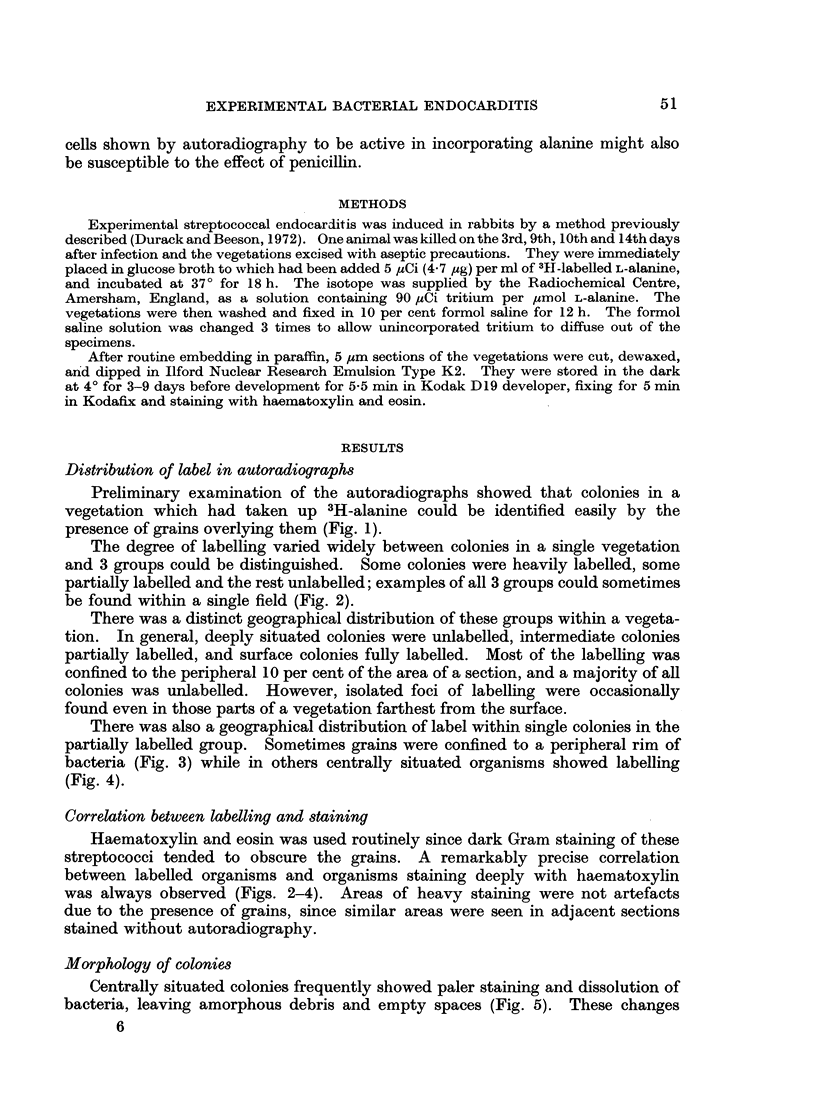
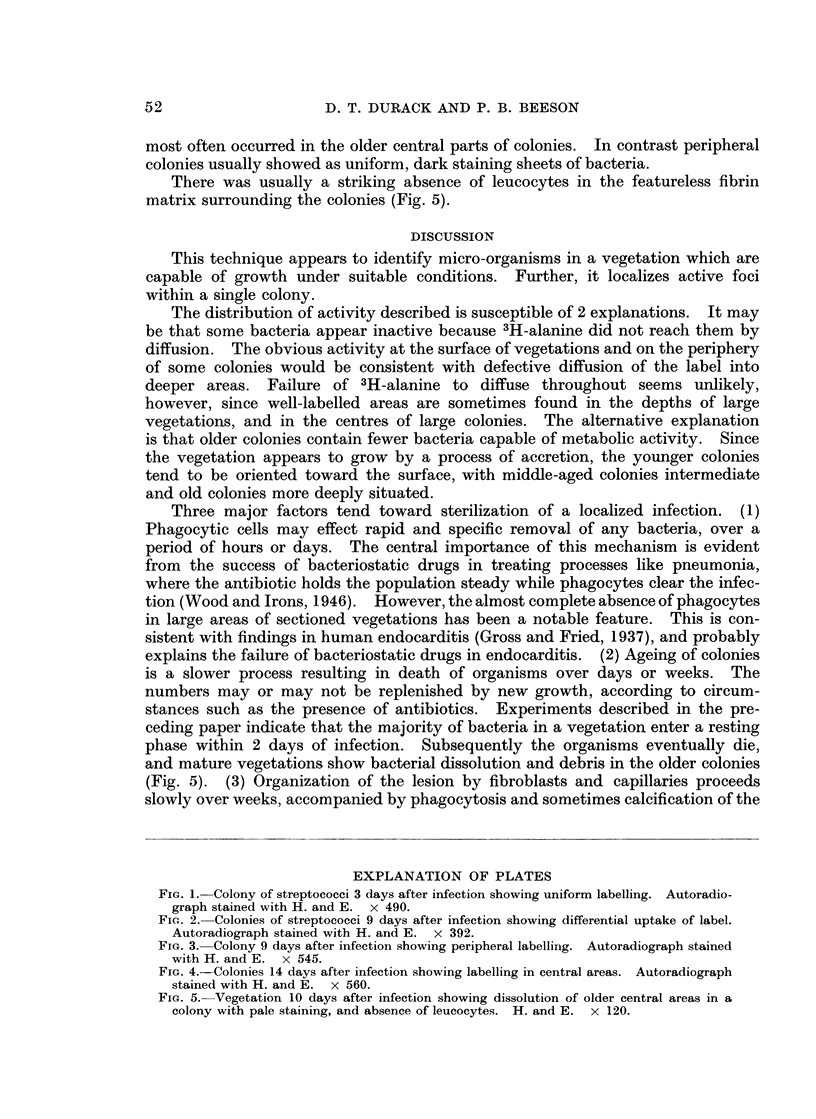
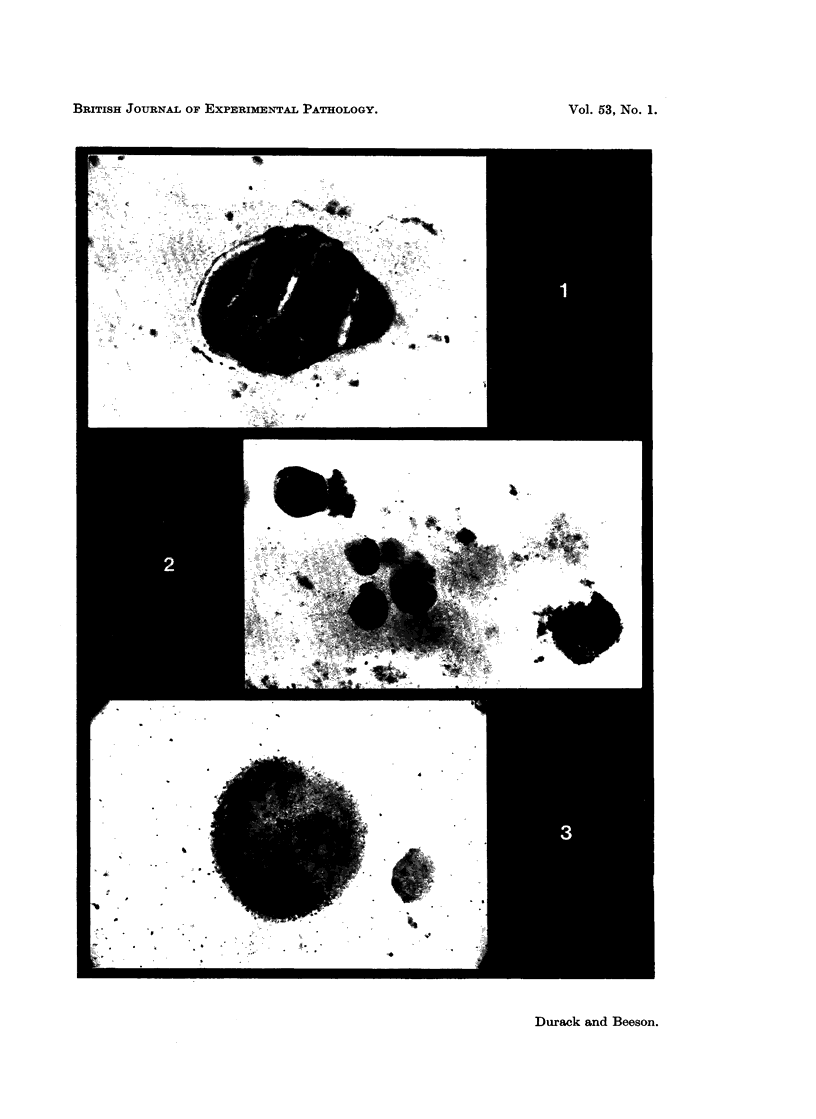
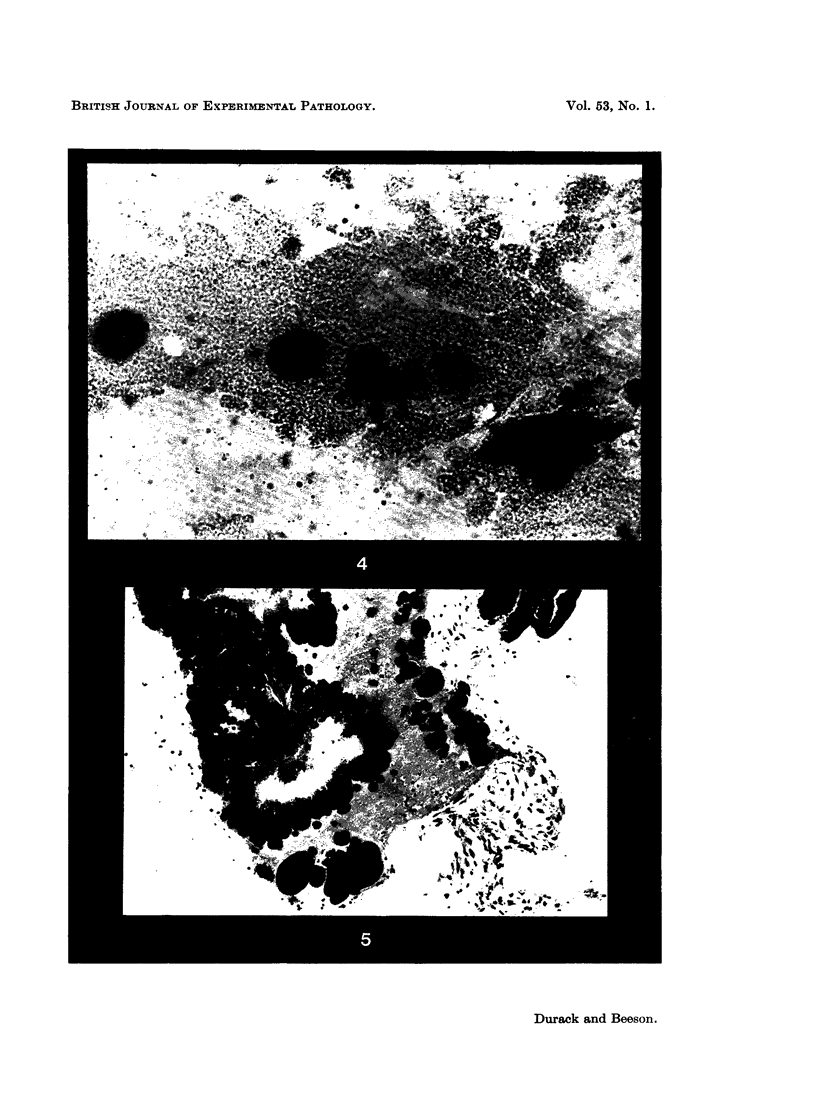
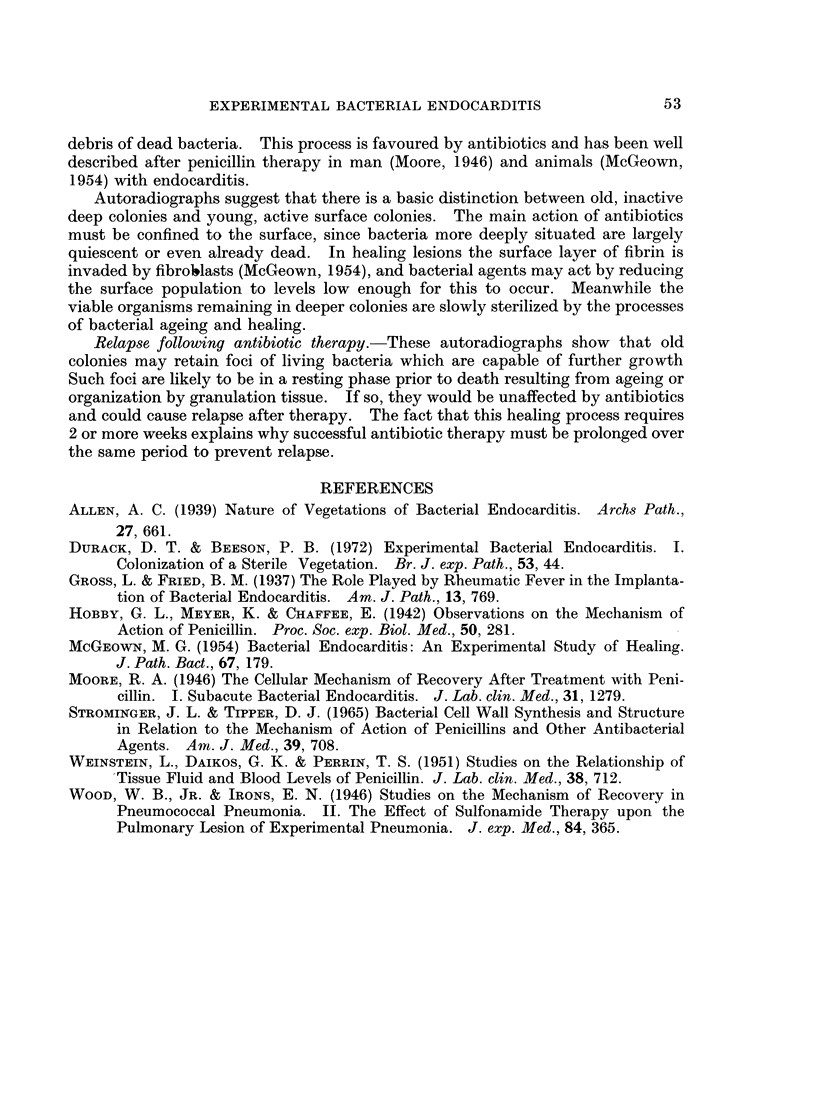
Images in this article
Selected References
These references are in PubMed. This may not be the complete list of references from this article.
- Durack D. T., Beeson P. B. Experimental bacterial endocarditis. I. Colonization of a sterile vegetation. Br J Exp Pathol. 1972 Feb;53(1):44–49. [PMC free article] [PubMed] [Google Scholar]
- Gross L., Fried B. M. The Rôle Played by Rheumatic Fever in the Implantation of Bacterial Endocarditis. Am J Pathol. 1937 Sep;13(5):769–798.9. [PMC free article] [PubMed] [Google Scholar]
- McGEOWN M. G. Bacterial endocarditis; an experimental study of healing. J Pathol Bacteriol. 1954 Jan;67(1):179–186. doi: 10.1002/path.1700670122. [DOI] [PubMed] [Google Scholar]
- Strominger J. L., Tipper D. J. Bacterial cell wall synthesis and structure in relation to the mechanism of action of penicillins and other antibacterial agents. Am J Med. 1965 Nov;39(5):708–721. doi: 10.1016/0002-9343(65)90093-8. [DOI] [PubMed] [Google Scholar]
- WEINSTEIN L., DAIKOS G. K., PERRIN T. S. Studies on the relationship of tissue fluid and blood levels of penicillin. J Lab Clin Med. 1951 Nov;38(5):712–718. [PubMed] [Google Scholar]



